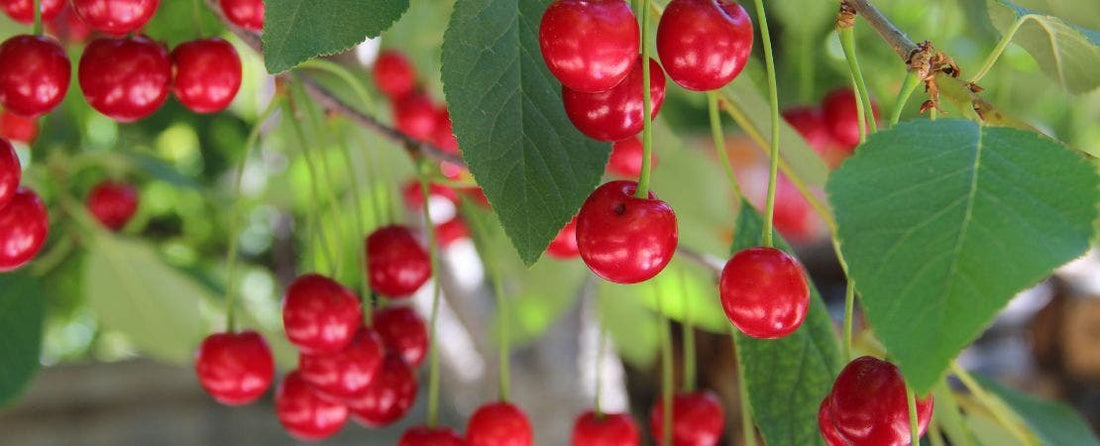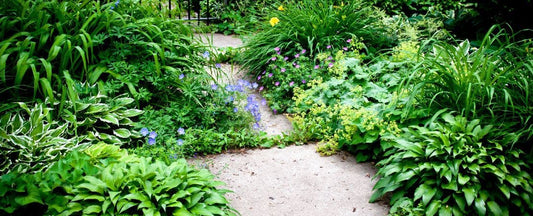Growing Tips and Troubleshooting Your Fruit Tree

Fruit Trees, But No Fruit?
Growing fruit trees in your garden can be a rewarding and delicious endeavor, yet many gardeners find themselves puzzled when their trees fail to produce the expected bounty of fruit. Understanding the nuances of fruit tree care can help you overcome common obstacles and enjoy a “fruitful” harvest. Get expert advice for growing, troubleshooting, and maximizing the yield from your fruit trees.
Understanding Pollination, the Key to Fruit Production
Pollination is the foundation of fruit production. The decline in bee populations has highlighted the importance of pollinators in the garden. For fruit trees, especially those that require cross-pollination, the presence of insects and birds is critical. To encourage pollinators, consider planting a variety of flowers in your garden that bloom at different times of the year, ensuring a consistent attraction to your fruit trees for bees and other pollinating insects.
Watering for Tree Health
Proper hydration is vital for fruit trees. They require deep watering approximately once a week, more often during dry spells. Lack of water can stress the tree, leading to poor fruit development or no fruit at all. Implementing a drip irrigation system can ensure your trees receive consistent, adequate moisture, directly to their roots, where it's most needed.
Fruit Thinning: A Necessary Practice
Fruit thinning might seem counterintuitive when you're aiming for a bountiful harvest, but it's a crucial step in fruit tree care. By selectively removing some fruit early in the season, you can prevent branches from becoming overburdened. This not only reduces the risk of branch damage but also promotes the development of larger, healthier fruits.
Pruning for Your Tree's Success
Pruning plays a multifaceted role in the health and productivity of fruit trees. By removing dead or damaged branches during the summer, you allow the tree to redirect its energy towards growing healthy fruit. Pruning also helps manage the tree's size and shape, improving sunlight penetration and air circulation within the canopy, which are essential for reducing disease risk and enhancing fruit quality.
Fertilizing to Nourish Fruit Trees
Adequate nutrition is essential for the growth and fruiting of trees. Utilizing a slow-release fertilizer at the start of the growing season can provide your fruit trees with the necessary nutrients for optimal growth. It's important to follow the recommended application rates, as over-fertilization can harm your trees.
Tips for Growing Fruit Trees
Select the Right Variety: Choose fruit tree varieties that are well-suited to your climate and soil conditions.
Consider the Location: Plant your fruit trees in a sunny, well-drained location to encourage healthy growth and maximum fruit production.
Monitor for Pests and Diseases: Regularly inspect your fruit trees for signs of pests and diseases. Early detection and treatment can prevent serious damage.
Mulching: Apply organic mulch around the base of your trees to retain soil moisture, regulate soil temperature, and reduce weed competition.
Patience is Key: Remember, it can take several years for newly planted fruit trees to begin producing fruit. Patience and consistent care will lead to rewards in the form of delicious home-grown fruit.
By understanding the essentials of fruit tree care, you can enhance your gardening skills and enjoy the abundant harvests that fruit trees can offer. Remember, each tree is an investment in the future of your garden, and with the right care, you can enjoy the fruits of your labor for many years to come.


